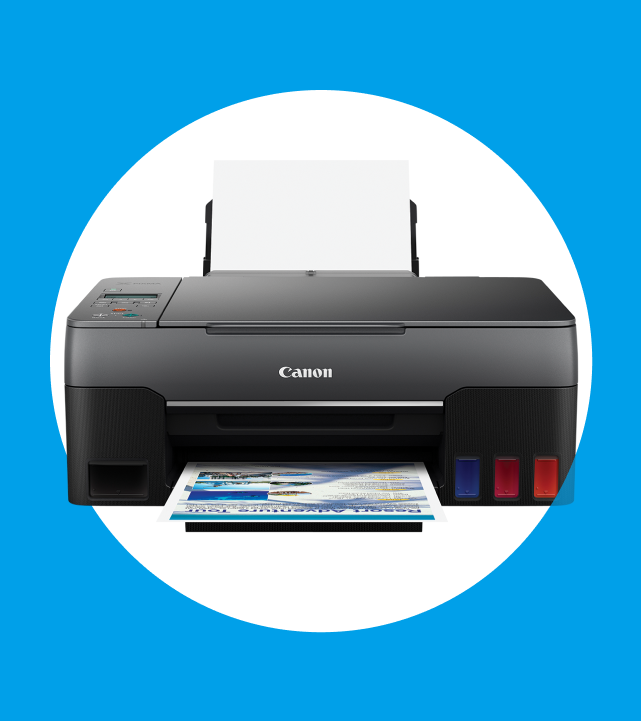Colour psychology
Does the colour green energise you? Do you feel anxious in a yellow room? Colour has long been believed to dramatically affect moods, feelings, and emotions.
Colour is a powerful communication tool and can be used to signal action, influence mood, and even influence physiological reactions. So, what does colour mean, and how is colour believed to impact mood and behaviour?
| Black | White | Red | Blue | Green |
|---|---|---|---|---|
| rebellion, power, fear, mystery, strength, authority, elegance, formality, aggression, sophistication | goodness, innocence, purity, perfection | energy, war, love, stimulation, danger, strength, power, determination, passion, desire | calming, relaxing, sadness, truth productivity, stability, trust, loyalty, wisdom, confidence, intelligence, faith | envy, concentration, relaxation, clarity, life, renewal, nature, energy, growth, harmony, freshness, safety, fertility, ambition, greed, environment |
| Yellow | Purple | Brown | Orange | Pink |
|---|---|---|---|---|
| warmth, energy, anxiety, sunshine, hope, happiness, freshness, positivity, clarity, optimism, enlightenment, remembrance, intellect, honour, loyalty, joy | wealth, mystery, wisdom, royalty, nobility, luxury, power, ambition. extravagance, creativity, dignity, grandeur, devotion, peace, pride, independence, magic | reliability, strength, steadfastness, simplicity, friendliness, dependability, health, wholesomeness, stability, peace | enthusiasm, attention. invigorate, fascination, happiness, creativity, determination, attraction, success, encouragement, stimulation, strength, endurance | romance, kindness, friendship, affection, harmony, inner peace, approachability |
Colour coding tips to boost your productivity
Colour coding enhances productivity and is likely to lower your stress. The goal is not to be colourful, but to be purposeful with colour. You’ll also feel better when you can organise your workload, identify your priorities and quickly locate what you need.
Here’s some tips to add meaningful colour to your day:
- Sort your daily workload into major categories or groupings of information. Assign a colour to each grouping so it’s instantly recognisable.
- Use coloured filing supplies to manage and store documents for groups of information. This could include folders, files and L-shaped pockets.
- Use color-coding to organise your diary or digital calendar – at quick glance you can see how your time is allocated each day.
- When reviewing meetings or class notes, use colour to highlight important information for easy reference
- Use highlighters or coloured pencils to change the colour of text, circle important points, shade areas of interest, or create borders between sections of notes.
- Use coloured post-it notes to track or group ideas in a brainstorming session. Assigning each person, a different colour makes it easy to identify who contributed the idea, or who is responsible for a task at a glance.
- Don't over-complicate your system by introducing more than three or four colours. In order to make sense of your colour-coded notes, you will need to remember what each colour means instantly.
- Choose highlighter colours that contrast with the text to make the words stand out. Stick to text colours that are easy to read against the page's background.
Remember that the goal of color-coding is to focus your attention and make your notes clearer and easier to navigate. Every colour should serve a specific purpose and point you in the right direction.



